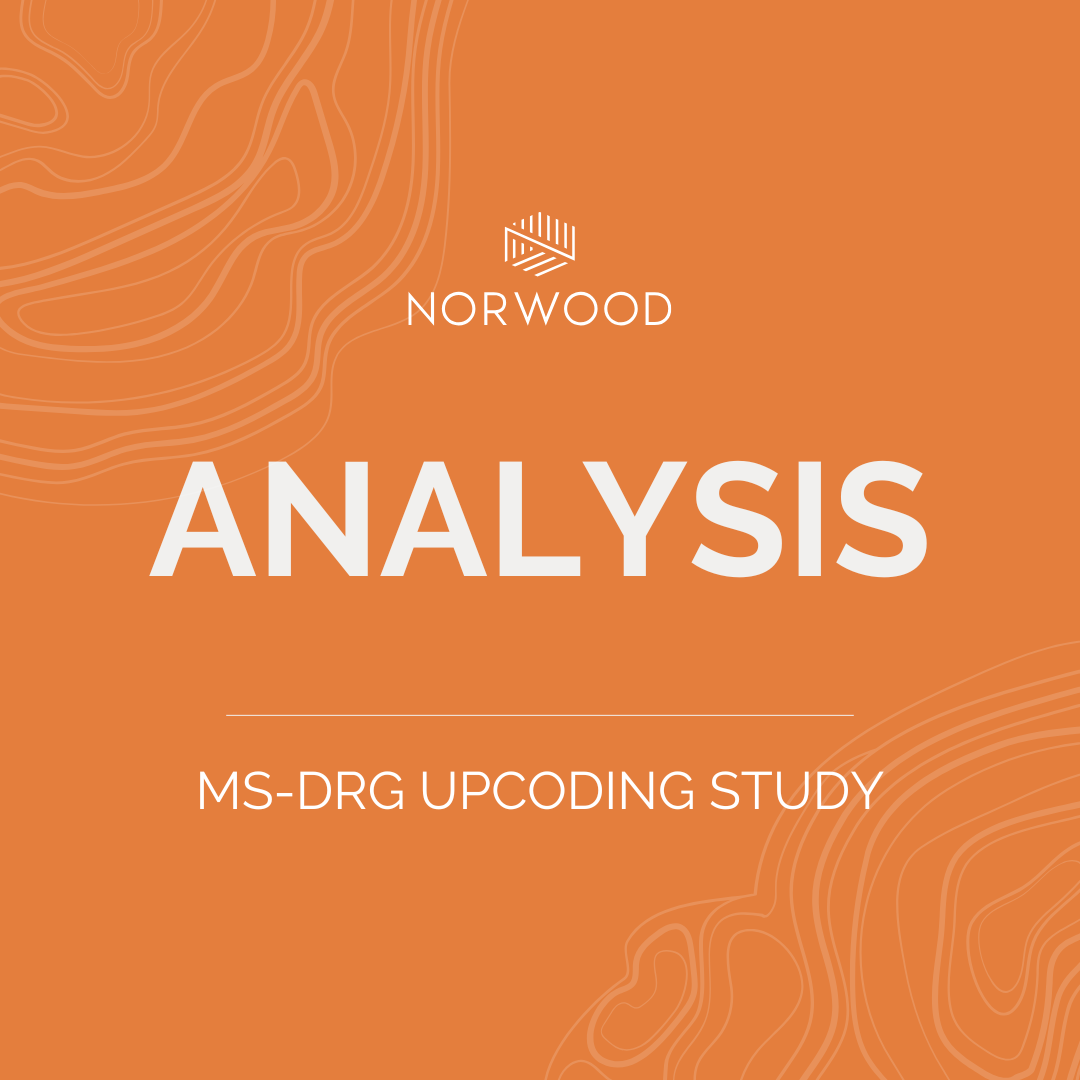MS-DRG “upcoding” results in 2/3 of growth of high-intensity discharges, study says—but there’s more to the story

By Brian Murphy
File this under, “Just pay $21 for the full article, Brian.”
A study published by Health Affairs claims that “Upcoding Linked To Up To Two-Thirds Of Growth In Highest-Intensity Hospital Discharges In 5 States, 2011–19.”
Link to paywall protected article below, though you can read the abstract for free.
The article states that MS-DRG upcoding from 2011–19, using all-payer discharge-level data from five states, resulted in a 41% increase in the number of discharges with the highest MS-DRG coding intensity.
“Adjusting for changes in patient characteristics, length-of-stay, and hospital characteristics, we estimated that the increase would have been 13 percent in the absence of changes in coding behavior. We estimated that in 2019, the increase in upcoding (relative to 2011 coding practices) was associated with $14.6 billion in hospital payments, including $5.8 billion from private health plans, $4.6 billion from Medicare, and $1.8 billion from Medicaid,” the study authors state.
I’ve often wondered how people define the term “upcoding.” Because to me either you are either a) working diligently to clarify nonspecific diagnoses, reflect patient acuity, and as a byproduct optimize SOI and payment, or b) not doing that practice, and just coding whatever documentation and terminology is/is not used in the chart.
In fringe cases we hear of organizations reporting level 5 E/M codes for every visit regardless of time or intensity, or reporting diagnoses that aren’t there. But that’s not what we’re talking about here. That’s not upcoding, that’s fraud.
Is querying a physician to document “acute systolic CHF” rather than just unspecified heart failure upcoding? I don’t think so, at all.
I think I’m going to have to bite the bullet and pay $21 to get access to the full study to see how the study authors define the term.
If you have, let me know: Send me an email at brian.murphy@norwood.com.
Healthaffairs article: https://www.healthaffairs.org/doi/full/10.1377/hlthaff.2024.00596
Related News & Insights
The State of Provider Engagement
A Norwood special report Download the report here. CDI trends come and go. Retrospective reviews become concurrent…
From Risk to Revenue Clarity: How One Health System Transformed OP CDI Performance
Register here: https://my.demio.com/ref/v1rDIDccDyru0SEW Only 31% of U.S. healthcare organizations have a dedicated outpatient CDI program—yet risk-based contracts,…


